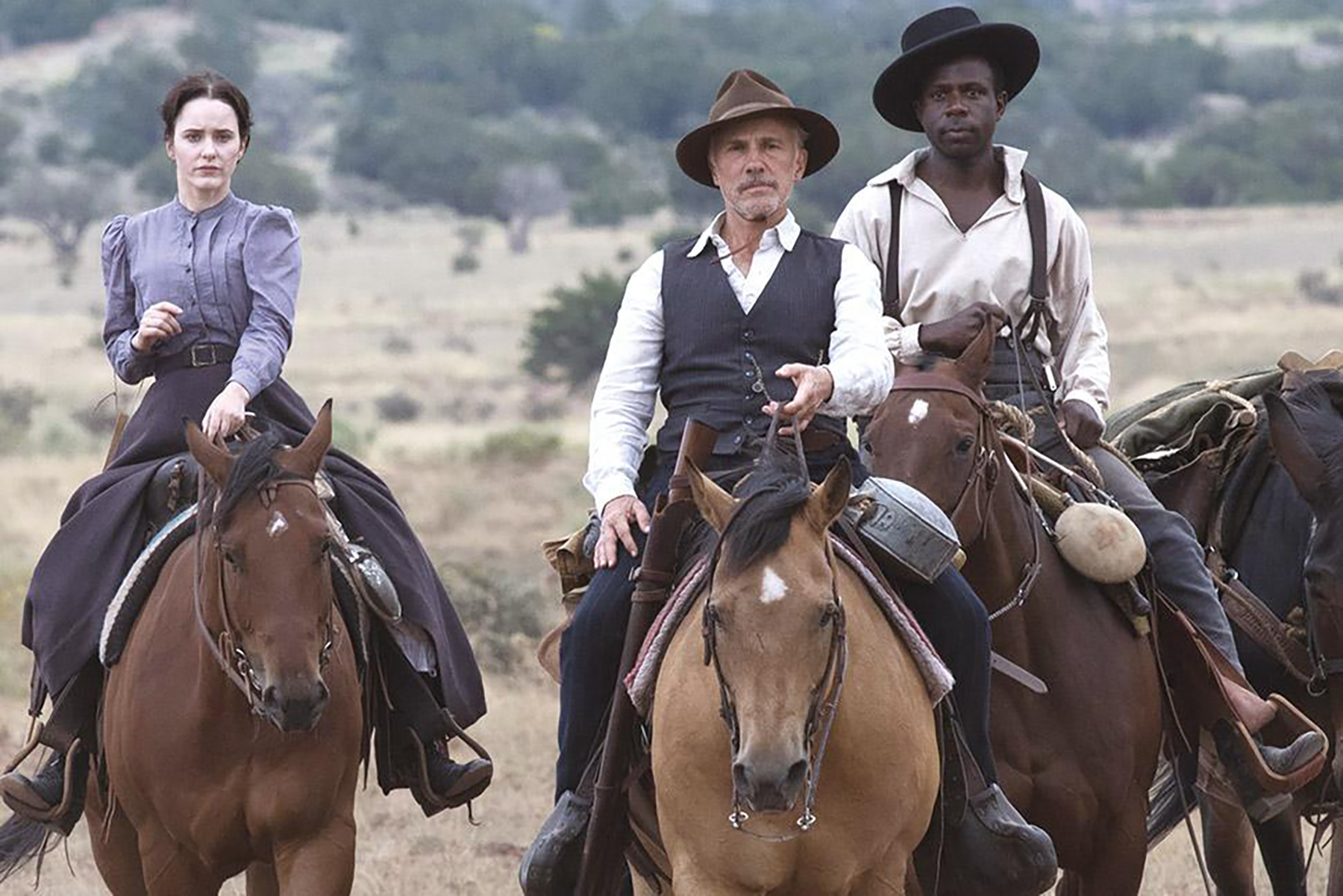
- Festivals
Venice 2022: Director Walter Hill & Willem Dafoe on “Dead for a Dollar”
Walter Hill once said that he considers all of his films to be westerns, even modern-day thrillers such as Red Heat or Bullet to the Head. “If you look closely, you can see western touches, such as revolvers, Winchester rifles and cowboy hats,” he said. That’s why, as he recently turned 80, the legendary director and producer of hits such as The Warriors and 48 Hours decided to make a real western one more time. It is a genre he mastered in 1980 with the classic The Long Riders, starring David Carradine, Stacy Keach and Dennis Quaid.
And now here is the long-awaited Dead for a Dollar, which premiered out of competition at the Venice Film Festival. Hill hasn’t lost his directorial touch: the film was greeted as a ‘genre masterpiece’ by the audience and many critics. This is Hill’s first bona fide western since the 1990s when he directed Wild Bill (1995) and Last Man Standing (1996). He also directed an episode of the TV series Deadwood in 2004.
Starring Willem Dafoe, Christoph Waltz and Rachel Brosnahan, Dead for a Dollar, dedicated to the great western directors John Ford, Howard Hawks and Anthony Mann, tells about the relationship between the bounty hunter played by Waltz (similar to his role in Tarantino‘s Django Unchained), and the bandit he once apprehended (Dafoe), now about to be released from prison. They meet and swear not to bother each other again. However, destiny is not collaborating. They meet one more time – by total coincidence – in Mexico. A rich businessman’s wife (Brosnahan) has been seemingly kidnapped by a black ‘buffalo soldier’ (Brandon Scott). The truth is the two eloped. Waltz is hired to bring the woman back home. But Mexico being Mexico, things get wildly complicated.
In Dead for a Dollar everything revolves around money: who’s paid to do what, who’s exploiting whom, what one is willing to do for it, who is corrupt and corruptible for it.
Is it a movie about the birth of capitalism? “I’m tempted to say I don’t know,” Walter Hill said during the press conference in Venice on September 6. “I’m just fond of the period. I like making these kinds of films. I like going out there with the cast and the horses and the country, which is usually beautiful. And I think there’s a nostalgia for a certain period in American history that we all share. There’s a mythopoetic idea about the western and its now transferred cultures which I believe all countries understand. So yeah, westerns are fun to make. About capitalism? Money and power games were there before. They go back a long time!”
Dafoe, also in Venice for the film, sat next to Hill for the press conference and talked about his love for the director’s artistry and its impact on his own work as an actor. “I worked with Walter about 40 years ago in a film called Streets of Fire. It was my first studio film, so I guess Walter got me started, really. I had a wonderful time. He gave me fun things to do. He has such a beautiful film culture. He’s so smart about things, but he doesn’t wear it on his sleeve. He’s very direct. And when he said he wanted to do a western, a genre that he loves, I said, ‘Yeah, I’m in.’ Then I was told that Christopher Waltz was in it too, and I said, ‘Yeah!’”
Dead for a Dollar was shot low budget, but it doesn’t look small at all. It has a wonderful sense of space and geography. We asked Hill to talk about the production and the design. “I did a lot of my tricks,” Hill said. “We were in Santa Fe, New Mexico, and there’s a lot of countryside out there. And if you plan your shots carefully, you can get a sense of size.”
“But the movie was made very quickly,” Hill continued. “It really amounted to about 25 shooting days. We had COVID problems. We had weather problems. So, we had 25 full shooting days and we had to move it along. I was lucky. I had such a good cast. They all showed up prepared, we went out and did it, shot the scenes. No particular staging problems other than you’re always fighting the light and the countryside and all that kind of business. But that’s picture making.”
When Hill directed The Long Riders, he strove to make an epic, as his frequent use of slow-motion attests. Does he feel Dead for a Dollar is a more classic western?
“I’m smarter now,” he said laughing. “And a lot of it has to do with – what’s the Marxian phrase – means of production. I mean, we didn’t have a crane. It was almost impossible to make a dolly shot. I don’t think I’ve ever panned so much to give it a sense of size and setting. There was a very liberal use of panning introductions through scenes in the hope you’re to going to get a little more movement and size into it. But again, finance and time have a lot to do with the epic style you were referring to. The way I wanted to shoot the movie originally, and we couldn’t in the end, was to shoot it all handheld and make it very immediate. And we had to abandon that idea. Anyway, you adapt to the circumstances, and then when it’s all done, they look like your other movies somehow. So, there you go. I tried to do what I couldn’t then in Dead for a Dollar. It’s never too late.”